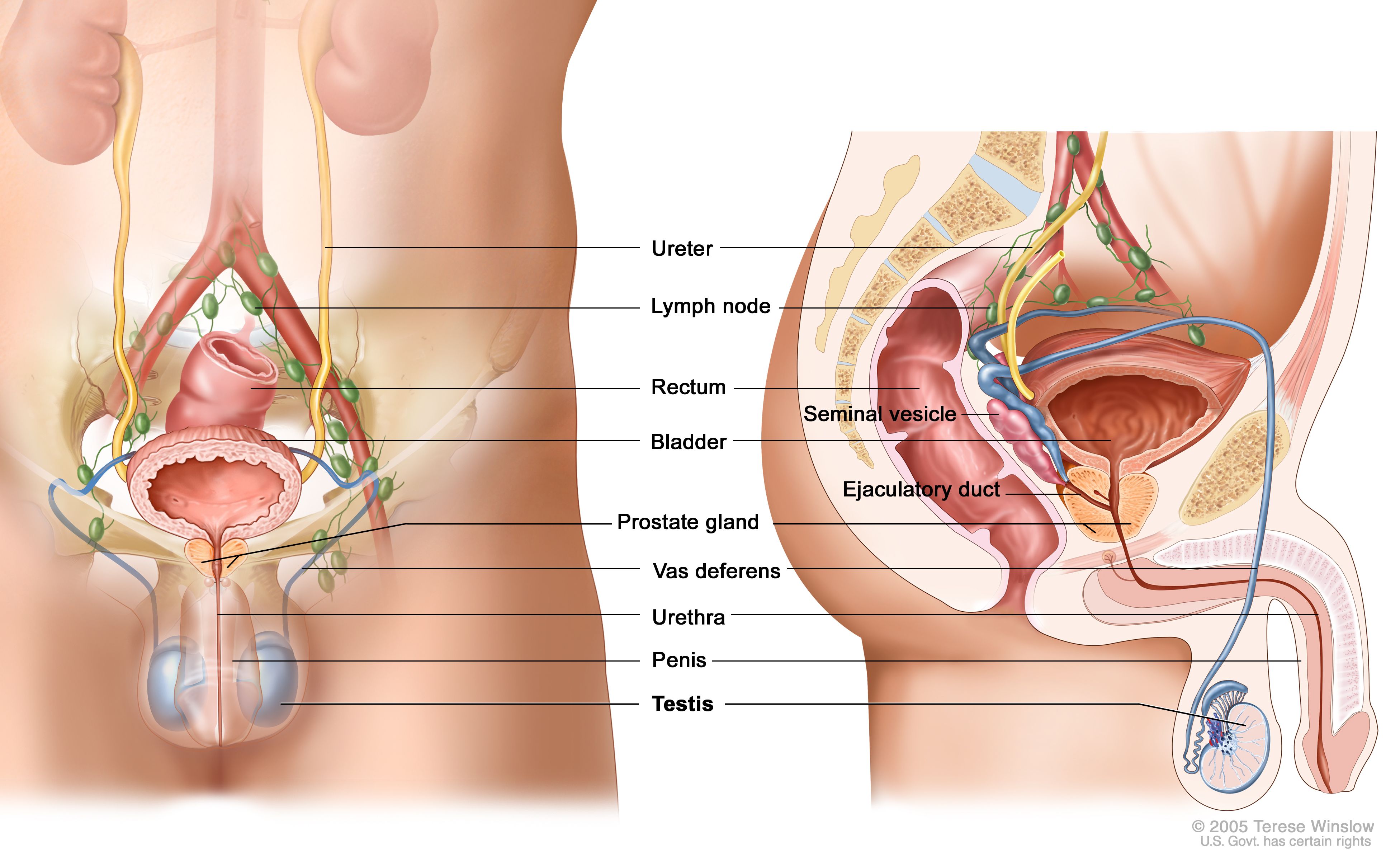Back
How Pelvic Floor Physical Therapy Can Alleviate Testicular Pain
By Shannon Strauch, PTA, STMT-1 on 4/2/2024

Introduction:
Testicular pain can be a distressing and debilitating condition, impacting various aspects of a person's life. While it's commonly associated with urological issues, such as infections or trauma, it's essential to recognize that pelvic floor dysfunction can also contribute significantly to testicular pain.Understanding Pelvic Floor Dysfunction:
The pelvic floor comprises muscles, ligaments, and connective tissue that support the pelvic organs, including the bladder, uterus, and rectum. Dysfunction in these muscles can manifest as pain, discomfort, or dysfunction in various pelvic structures, including the testicles.Common Causes of Testicular Pain Linked to Pelvic Floor Dysfunction:
Pelvic Muscle Tension:
Tightness or spasms in the pelvic floor muscles can radiate pain to adjacent areas, including the testicles.
Nerve Irritation:
Nerves that innervate the pelvic region can become irritated or compressed, leading to referred pain in the testicles.
Pelvic Organ Dysfunction:
Issues such as constipation or urinary problems can indirectly impact the pelvic floor, contributing to testicular discomfort.
Anatomy and Descension of the Testicles:
Initially, during early fetal development, the testes are located near the kidneys in the abdominal cavity.
Around the seventh month of gestation, a process called testicular descent begins. The testes gradually move down through the inguinal canal into the scrotum.
By birth or shortly thereafter, the testicles should have descended into the scrotum. This descent is essential for proper sperm development and function, as the lower temperature in the scrotum is conducive to sperm production.
Also important to note is the spermatic cord, a cord-like structure in the male reproductive system that contains nerves, blood and lymph vessels, and the vas deferens (a coiled tube that carries sperm out of the testicle). It runs from the abdomen to the testicle, and connects to the testicle in the scrotum (external sac).


Role of Pelvic Floor Physical Therapy:
Pelvic floor physical therapy focuses on assessing and addressing musculoskeletal imbalances and dysfunctions in the pelvic region. Here's how PFPT can help alleviate testicular pain:Muscle Relaxation Techniques:
Therapeutic exercises and techniques, such as biofeedback, stretching, and relaxation exercises, can help reduce pelvic muscle tension, alleviating referred pain to the testicles.
Postural Correction:
Poor posture can contribute to pelvic floor dysfunction. PFPT includes guidance on proper posture and body mechanics to relieve pressure on the pelvic floor and associated structures.
Core Strengthening:
Strengthening the core muscles, including the pelvic floor, abdomen, and back muscles, can improve overall pelvic stability and reduce pain.
Manual Therapy:
Hands-on techniques, such as myofascial release, trigger point therapy, or testicular mobilizations, can release tightness and improve blood flow in pelvic muscles, reducing pain and discomfort.
Education and Lifestyle Modifications:
PFPT includes education on bladder and bowel habits, ergonomics, and lifestyle modifications to support long-term pelvic health and pain management.
Conclusion:
Pelvic floor physical therapy offers a comprehensive and holistic approach to addressing testicular pain related to pelvic floor dysfunction. By targeting muscular imbalances, improving posture, and incorporating therapeutic techniques, PFPT can significantly alleviate discomfort and improve quality of life for individuals experiencing testicular pain.Read More:
How Chronic Pelvic Congestion in Men Contributes to Prostatitis By Shannon Strauch, PTA, STMT-1 on 12/11/2024 How lymphatic issues can cause symptoms of prostatitis Prostatitis and Tight Pelvic Floor Muscles: A Comprehensive Guide By Shannon Strauch, PTA, STMT-1 on 12/10/2024 How a tight pelvic floor can be the reason for prostatitis symptoms
Are you ready to live pain free?
Request An Appointment